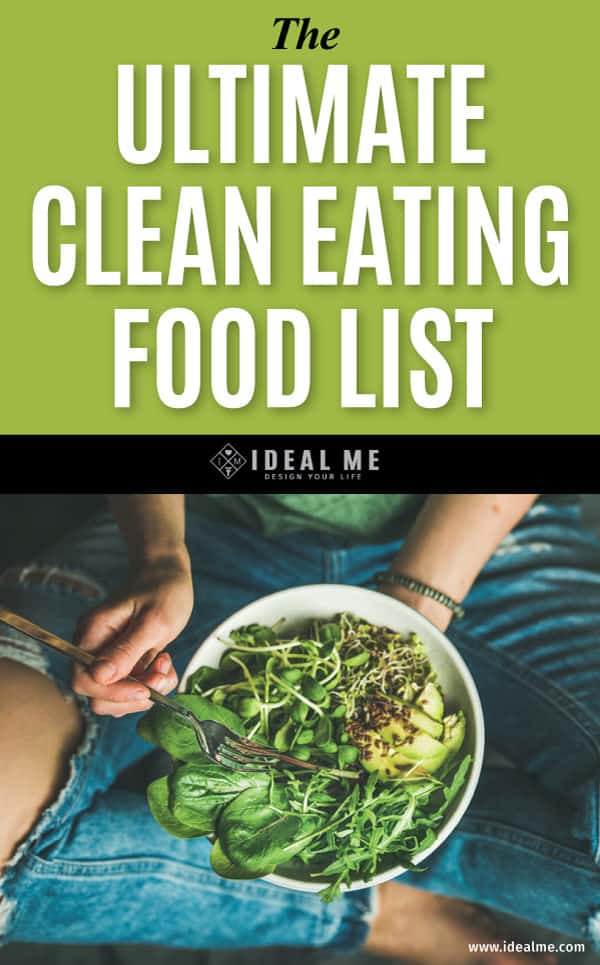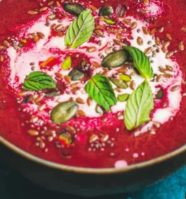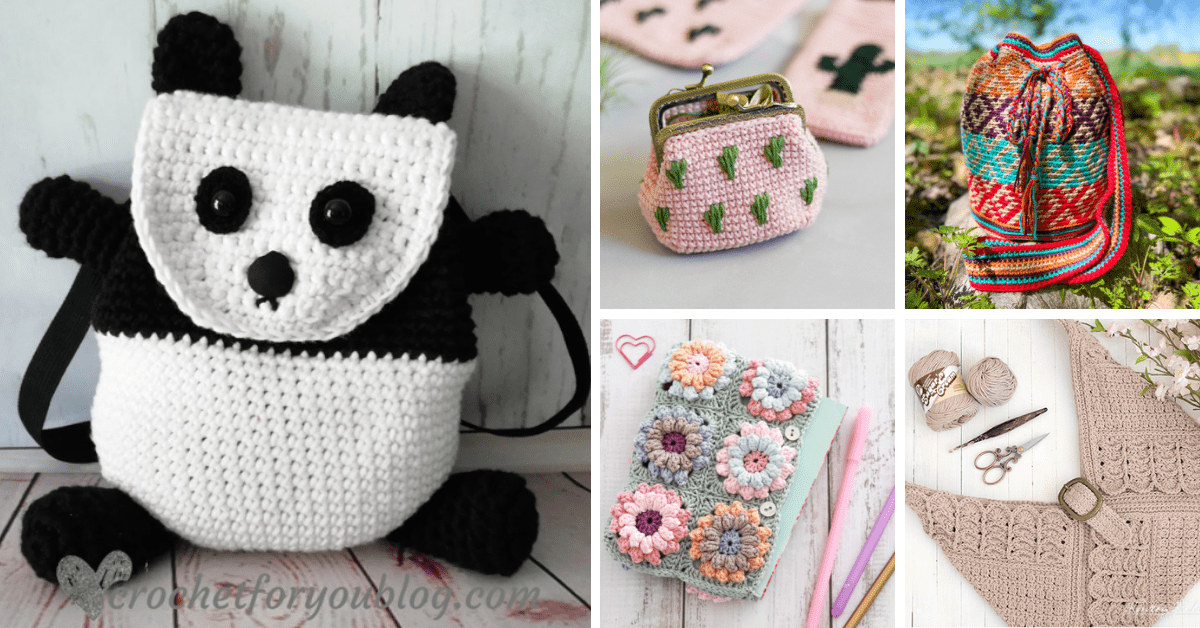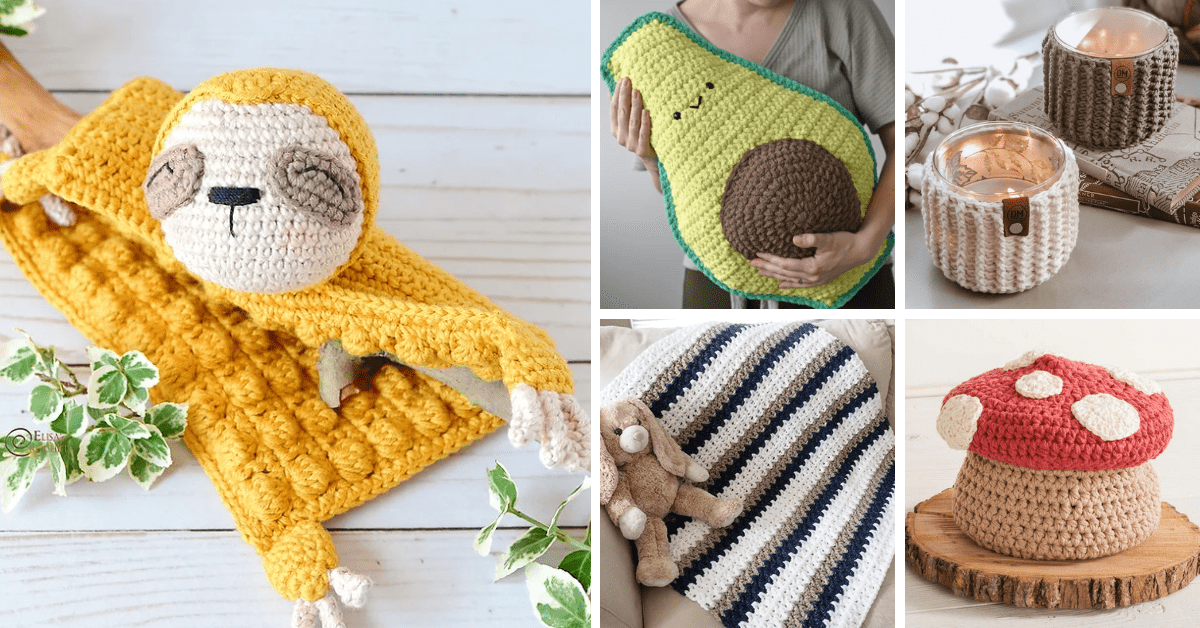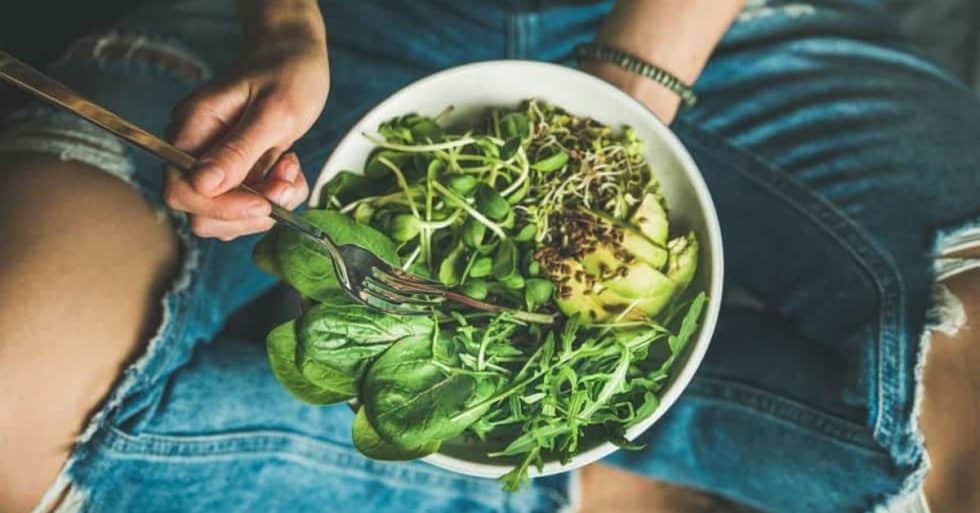
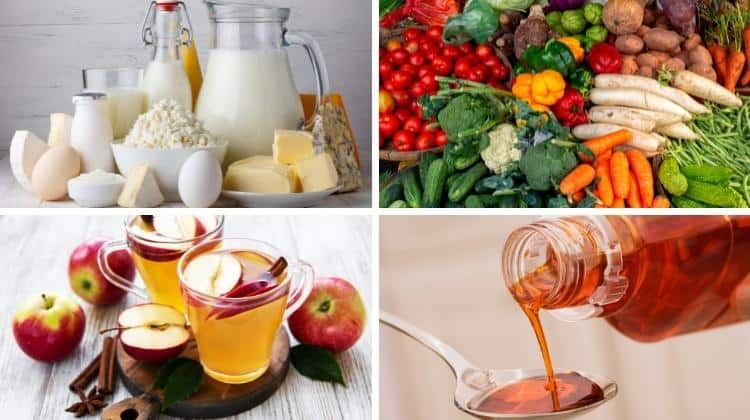
“Clean eating” is a tricky term. That’s because clean eating can mean something different for everyone.
There are so many different diets out there tailored for specific needs and dietary restrictions.
For example, Paleo, Whole 30, and Raw Vegan are all diets that push clean eating but have different restrictions and dietary recommendations.
So how can you ever really eat clean? Well, you have to figure out what works for you and your dietary needs. But, at its core, clean eating focuses on a plant-based diet and whole, unprocessed foods as close to their natural form as possible.
The idea is to eliminate food additives from sugar and salt to preservatives and thickeners like carrageenan. Processed foods are rough on our digestive system and even rougher on our health.
It doesn’t help that the majority of the food sold in stores is processed either. So, in theory, clean eating sounds simple. In practice, you have to be diligent in reading food labels.
It can be tough to eat clean, which is why I created The Ultimate Clean Eating Food List to help you jump ahead.
This list isn’t diet specific, so not every food will work for a Paleo, Keto, vegan, vegetarian, etc diet—so just use what does work for you!
Beans & Legumes (dry) such as:
- Chickpeas
- Black beans
- Kidney Beans
- Black eyed peas
- Lentils
Dairy:
I often don’t recommend consuming a lot of dairy because it’s hard for our digestive systems to process, and most dairy sold in stores is commercially processed through pasteurization. Pasteurization itself is controversial. Then, again, raw milk (unpasteurized) has its own controversies. If you must consume dairy, opt for small servings of the following:
- Raw Milk: This means it isn’t pasteurized and contains more of its natural nutrients. it’s expensive and is more easily contaminated, but is also more natural as long as you buy it from a trusted source like a local farm.
- Whole Milk: If it isn’t raw milk, it’s pasteurized, which isn’t necessarily bad, but you can read about controversies here.
- Pure Full-Fat Cheeses like Goat & Feta: all cheese is technically processed, but opting for a pure cheese can be fine in moderation. Shy away from the aisle with the sliced and shredded cheeses and head over to the fresh cheese section. Read the label and avoid anything that includes the words “cheese product,” which is a code for processed.
Nuts & Seeds (including but not limited to:)
- Nut Milk: Make it homemade as store bought versions contain thickeners and additives like carrageenan and xanthan gum.
- Coconut Milk: Get the canned version. What you buy in the carton contains similar additives as nut milks.
- Almonds
- Cashews
- Walnuts
- Pistachios
- Pumpkin Seeds: Also known as pepitas
- Chia Seeds
- Quinoa: that’s right—this “ancient grain” is actually a seed.
- Sesame Seeds: Grind it into a paste to make your own tahini.
Vegetables:
Eat all the veggies—seriously! Go nuts. These are some of my favorite.
- Sweet Potato
- Cauliflower
- Spinach
- Broccoli
- Carrots
- Zucchini & Squash
- Mushrooms
- Onions
- Seaweed
- Bell Peppers
- Brussels Sprouts
Fruits:
Again-go crazy, a plant-based diet is a clean, happy diet.
- Apples
- Watermelon
- Berries
- Bananas
- Avocado (it’s a fruit, not a veggie!)
- Pumpkin
- Peaches
- Mango
- Oranges & Grapefruit
- Plums
- Lemons & Limes
Grains:
Aim for whole, unprocessed grains. Most white flours have been bleached or processed by stripping away the wheat germ, bran, and endosperm, which reduces the natural nutritional content.
The best grains will always be those that exist in their natural form or closest to natural form.
- Whole Oats: Rolled and instant oats are processed and parts of the nutrients are lost in this process. Though plain rolled or instant oats are still nutritious, whole oats are more complete grain.
- Millet
- Barley
- Wheat Berries
- Brown Rice
- Buckwheat, Coconut, and Almond flour
- Whole Grain Wheat Flour: Make sure it still contains the bran and germ!)
- Most breads are processed or baked with processed flours. Aim for small batch bakery breads baked with whole grain flour and no preservatives in the label.
Sweeteners:
- Maple Syrup
- Coconut Sugar
- Honey: Opt for raw honey, as the translucent sticky stuff you get at the grocery store is most likely processed.
Fats:
- Extra Virgin Olive Oil
- Raw Butter or Ghee
- Unrefined Coconut Oil
- Unrefined Avocado Oil
Meat & Animal Protein:
This is another tricky one. Though technically unprocessed there are a slew of issues with how meat is commercially produced. I opt for a plant based diet, but if you’re going to eat meat or eggs-try and eat locally produced without hormones or antibiotics. If you’re going to eat it, know where it comes from.
- Fish
- Chicken
- Beef
- Eggs
Extras:
- Raw Apple Cider Vinegar
- Balsamic Vinegar
- Mustard
- Cacao nibs: I like to melt, mix in honey, and then pour it over oatmeal.
- Raw nut butter: There should be 1 ingredient if you buy in the store: nuts—maybe 2 if there’s a little salt, but definitely no added processed sugar. Ditch the Jiff. Or make your own. I like to mix nuts with honey and a dash of salt.
- Homemade Hummus
- Homemade Pesto: Blend basil, garlic, lemon juice, and extra virgin olive oil. Skip the parmesan, you won’t miss it.
This is by no means an exhaustive clean eating food list, but it does include most of my favorites! The foods included here are nutritionally dense, delicious, and beneficial for your body.
Clean eating is all about feeding your body and giving it what it needs to function optimally. But clean eating only works when it’s sustainable. It shouldn’t be about deprivation, despite what many radical food experts will write.
Focus on curating the majority of your diet based on unprocessed, whole foods. But if you need to eat an Oreo, by all means, treat yourself on occasion.
Remember-read labels and avoid preservatives and additives. Anything that shouldn’t in theory but definitely could last for weeks or months without going bad (bread, milk, etc) is a no-go. Source your grains whole (make sure that endosperm, bran, and wheat germ are intact), and fill your diet with plant-based goodies from veggies and fruits to nuts and seeds.
What’s your go-to clean eating food list?
On a body loving roll? Check out our 6 Tips For Maintaining Gut Health.
